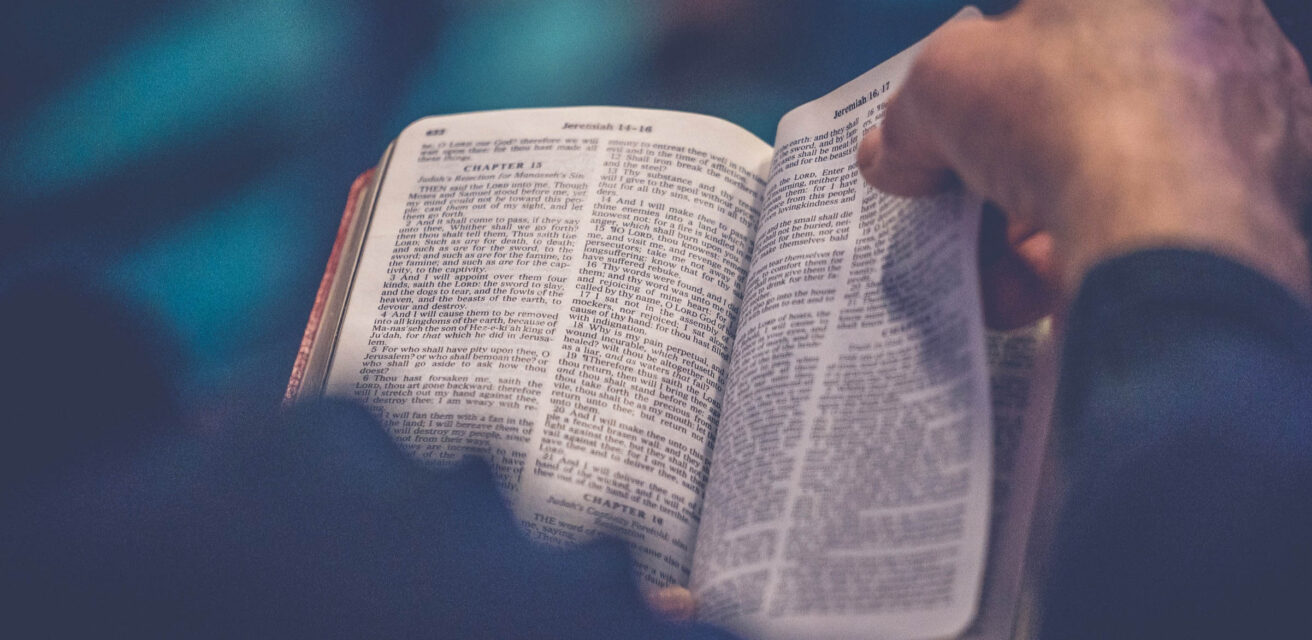
A Guide to Referencing and Religious Texts
Religious texts, whether published as books or accessed online, often play by different rules when it comes to referencing. So, as a proofreader, you’ll need to pay particular attention to referencing if your client is citing the Bible, the Quran, or any other sacred text.
Here, we set out the rules for citing religious texts in APA, Chicago, MHRA, and MLA style.
Sacred Texts in APA Style
APA style largely adheres to its standard author–date format when citing religious texts. However, for any reprinted text, the citation will include two dates:
The translation of the King James Bible (1769/2021) is especially notable.
The first of these dates refers to the year the version cited was originally published, while the second refers to the specific edition being cited. Additionally, for quotes from a sacred text with established divisions, citations should use these divisions rather than page numbers:
At this point in the text, John is reported to state that “perfect love casteth out fear” (King James Bible, 1769/2021, 1 John 4:18).
Here, for instance, we give the book, plus the chapter and verse separated by a colon.
In the reference list, meanwhile, most sacred texts will be listed using the title in place of an author’s name (since sacred texts do not usually have an attributed author):
King James Bible. (2021). King James Bible Online. https://www.kingjamesbibleonline.org/ (Original work published 1769)
However, APA style has slightly different rules for annotated editions of sacred texts. In these cases, you should cite the editor(s) in the text and use them in the first position of the reference:
1. Yusuf Ali (ed.). (2000). The Holy Qur’an: Text, Translation and Commentary. Kitab Bhavan. (Original work published 1938)
Here, for example, we start the reference with the name of the editor/translator.
Sacred Texts in Chicago Style
For Jewish and Christian scriptures, Chicago style has a few key rules:
- References are only required in the text, not in the bibliography or reference list.
- Authors should identify the version of the text cited in full on the first citation (although works aimed at specialists can use abbreviations instead).
- Biblical references should use the abbreviated book name, followed by the chapter and verse numbers separated by a colon, not page numbers.
This replaces the conventional source information used for Chicago citations. In the footnote and bibliography version of Chicago referencing, for instance, the first citation of chapter 17, verse 20 from the Book of Matthew would typically look like this:
1. Matt. 17:20 (New International Version).
Whereas the first citation of the same in the author–date version would look like this:
Mustard also provides a metaphor for faith (Matt. 17:20, New International Version).
For other sacred texts, Chicago style suggests adapting the rules above as appropriate (e.g., using the conventional divisions for the text in question, such as chapter or passage numbers, rather than page numbers). More specifically, it also says:
- Citations of transliterated texts should indicate the name of the version or translator.
- The Qur’an (or Koran) should be written in roman type (not italics), and citations of its sections should use arabic numerals and colons (e.g., Qur’an 19:17–21).
- Collective terms as the Vedas or the Upanishads are normally capitalized and written in roman script, but names of particular parts within such collections should be italicized (e.g., the Rig-Veda or the Brihad-Aranyaka Upanishad).
Keep these in mind if you see such texts referenced in your client’s work.
The Bible in MHRA Style
The only specific advice on referencing religious texts in the MHRA style guide refers to the Bible, where it says that Biblical verses should be cited using the book name, small capital Roman numerals for book numbers (where relevant), and Arabic numerals for chapter and verse numbers.
In addition, MHRA style differs in how it punctuates chapter and verse numbers, using a full stop and a space between the two (rather than a colon like the styles above). For instance:
1 Genesis 6. 14
2 ɪɪ Samuel 17. 1–3
However, many publishers and academic institutions, particularly those that regularly deal with holy texts, will have additional instructions for such citations (e.g., specifying the version either in the first note or in the bibliography; using similar conventions for other holy texts). It is therefore worth checking with your client if they’re writing about religious texts using MHRA style.
Sacred Texts in MLA Style
MLA style has a couple of simple rules to remember for referencing religious texts:
- On the first citation, give the version of the text cited in italics (although generic mentions of religious text, such as the Bible or Qur’an, do not need to be italicized).
- Where possible, use conventional divisions rather than page numbers for pinpoint citations (e.g., for the Bible, authors should use the book, chapter, and verse).
For example, the first citation of a copy of the Bhagavad Gita might read as follows:
We are urged to strive for “freedom from reaction” (The Bhagavad Gita, Chapter 3, Text 4).
In subsequent citations, the version of the text cited can be omitted:
We must also “conquer this insatiable enemy known as lust” (Chapter 3, Text 43).
Books of the Bible, meanwhile, may be shortened in using the MLA-approved abbreviations:
In this epistle, the reader is urged to “stand firm in the faith” (New Jerusalem Bible, 1 Cor. 16:13).
In your client’s Works Cited list, sacred texts should be cited using the appropriate format for how they were accessed (e.g., book or website). However, since most religious texts don’t have an attributed author, Works Cited list entries will need to start with the version cited instead (i.e., the same version as given in the first citation). For instance:
The Bhagavad Gita. Translated and introduced by Eknath Easwaran, Nilgiri Press, 2007.
The New Jerusalem Bible. Catholic Online, https://www.catholic.org/bible/book.php. Accessed 8 June 2021.
Becoming A Proofreader
For more information on referencing styles and other aspects of academic proofreading, try our Becoming A Proofreader course. Sign up for your free trial today to find out more.





Your email address will not be published.